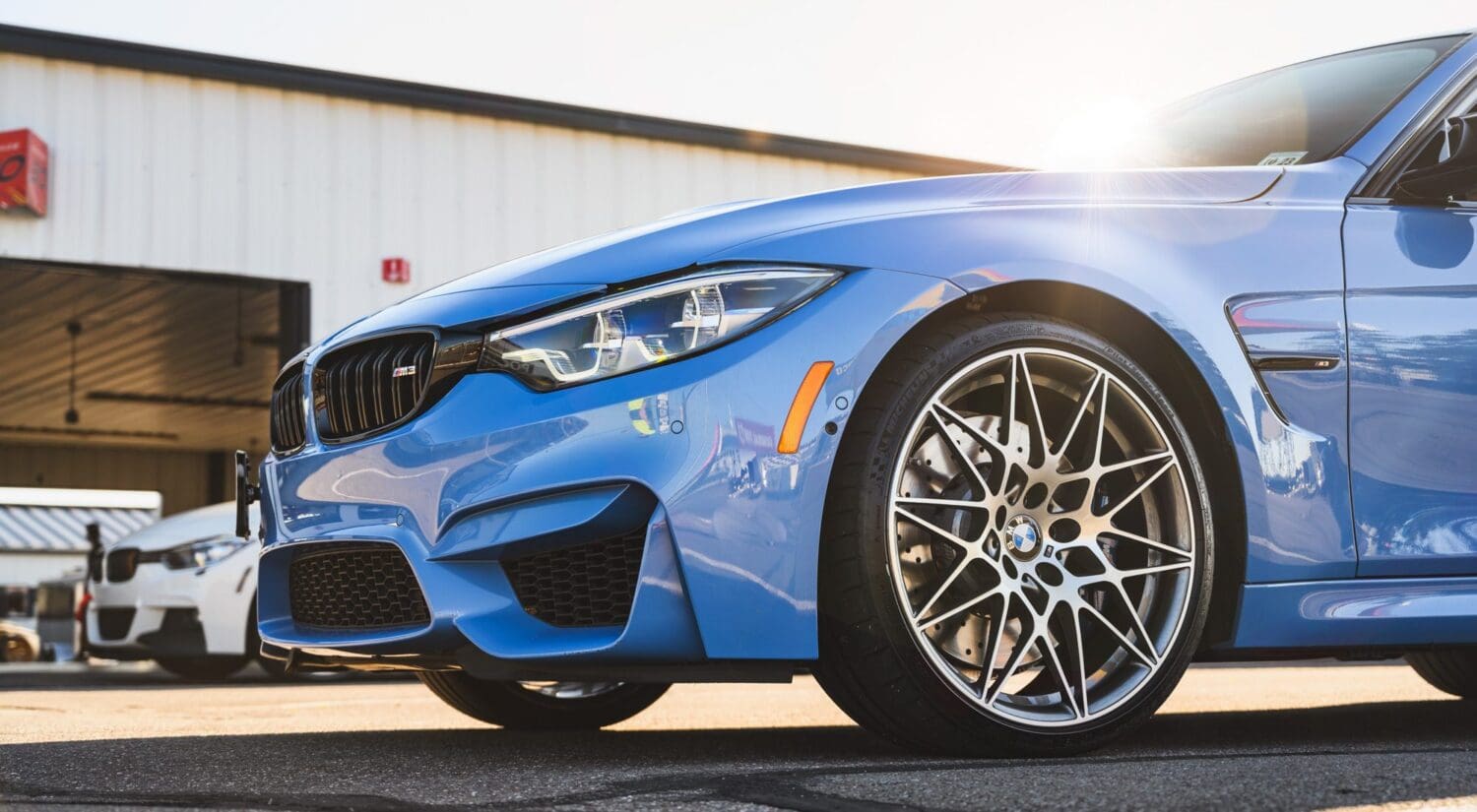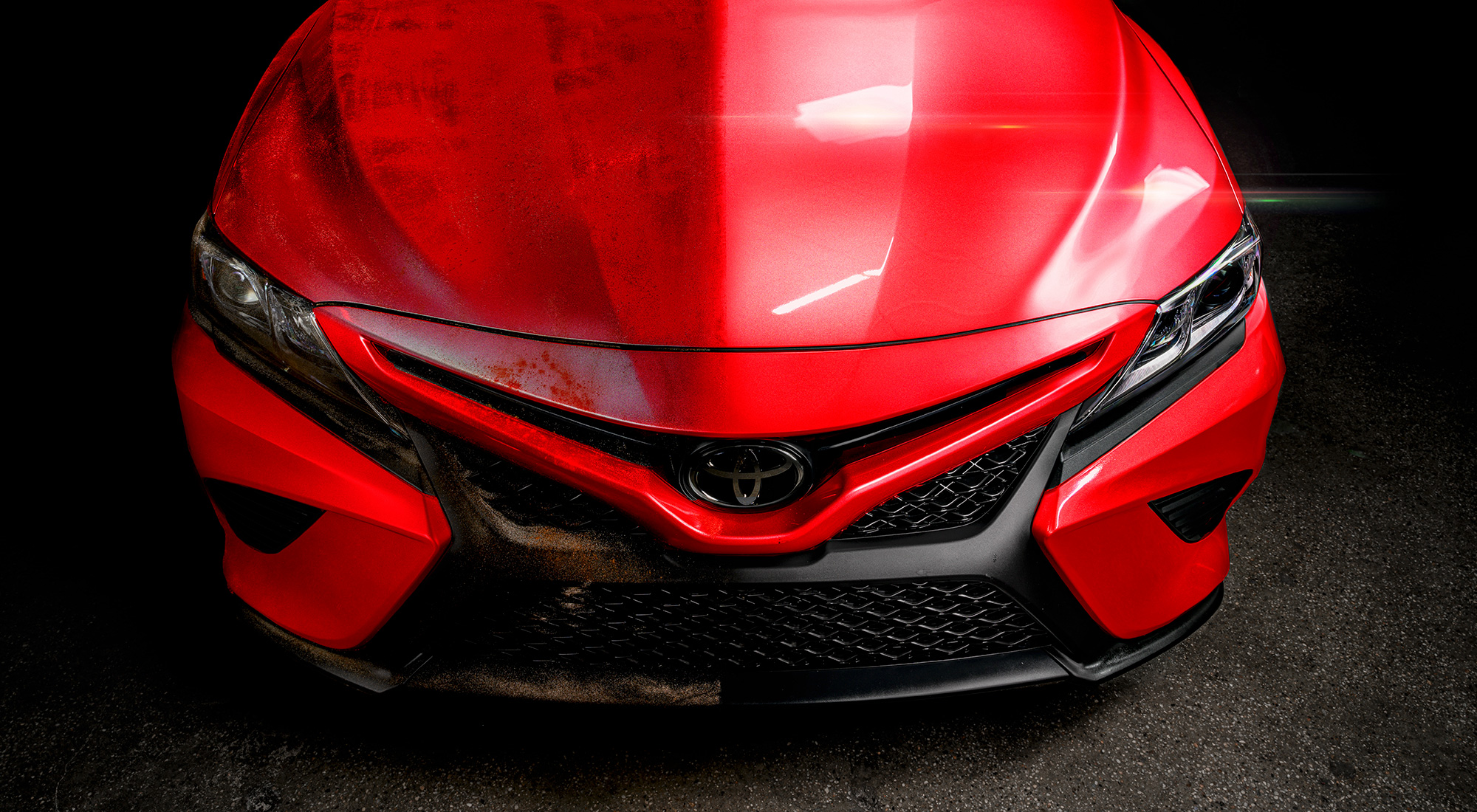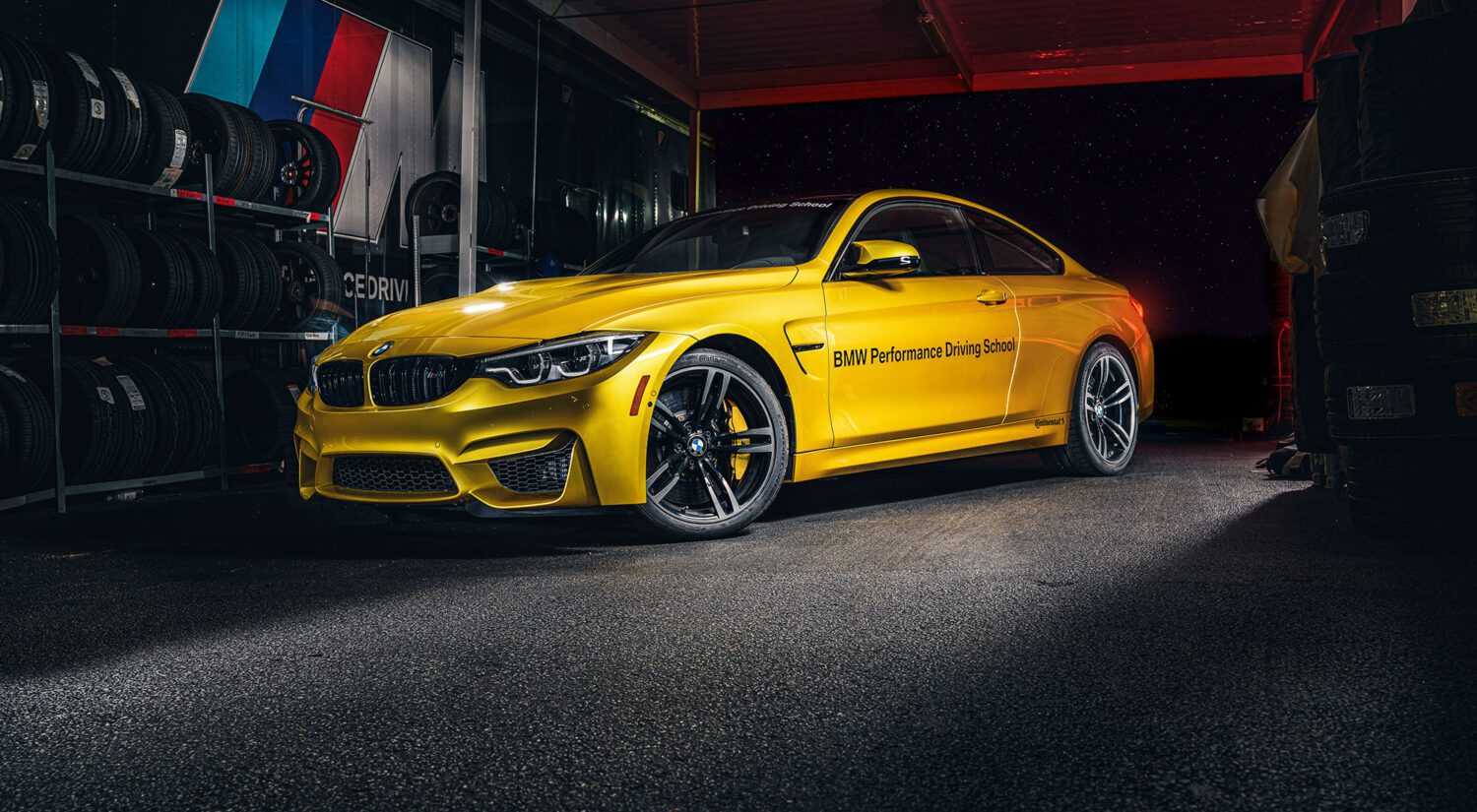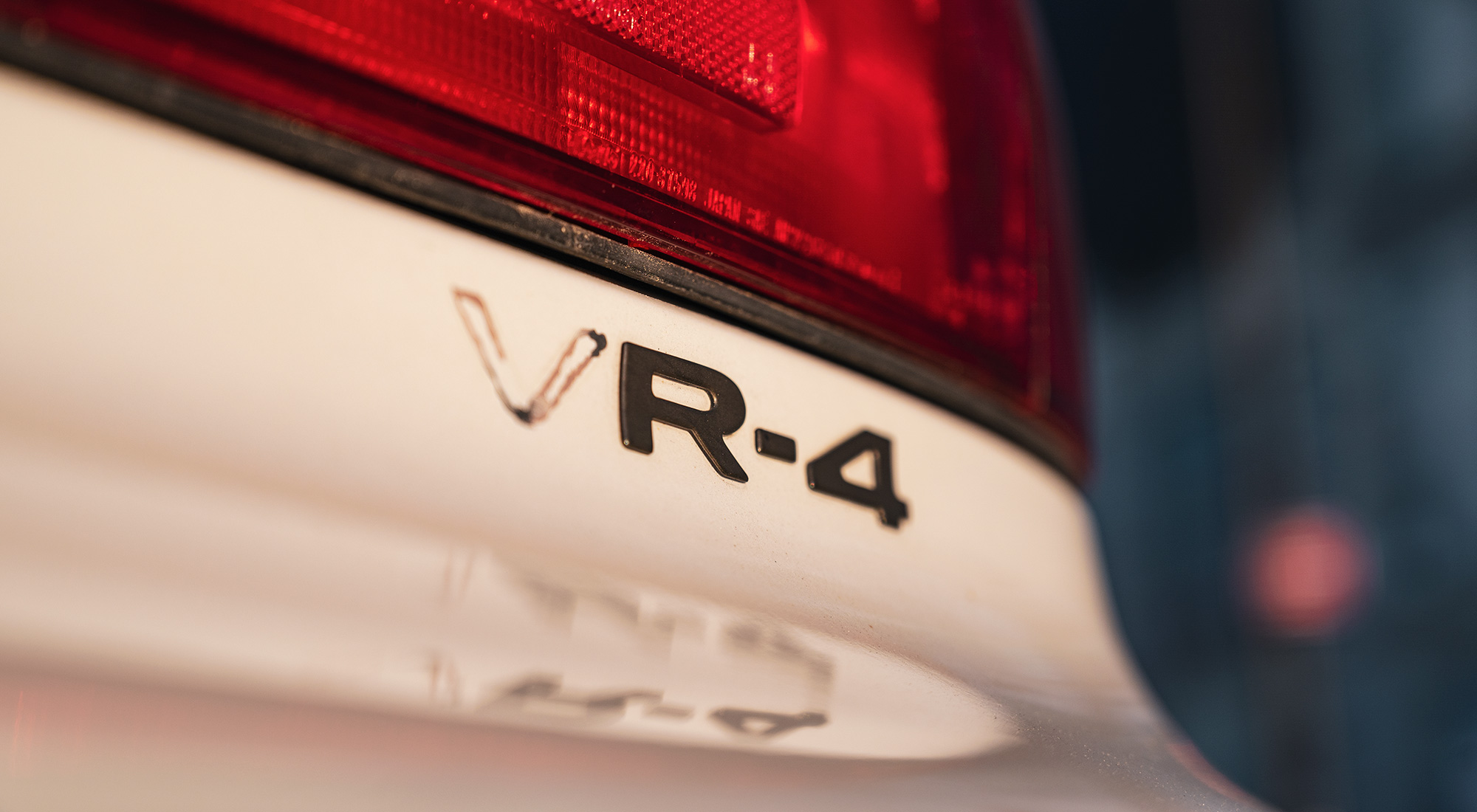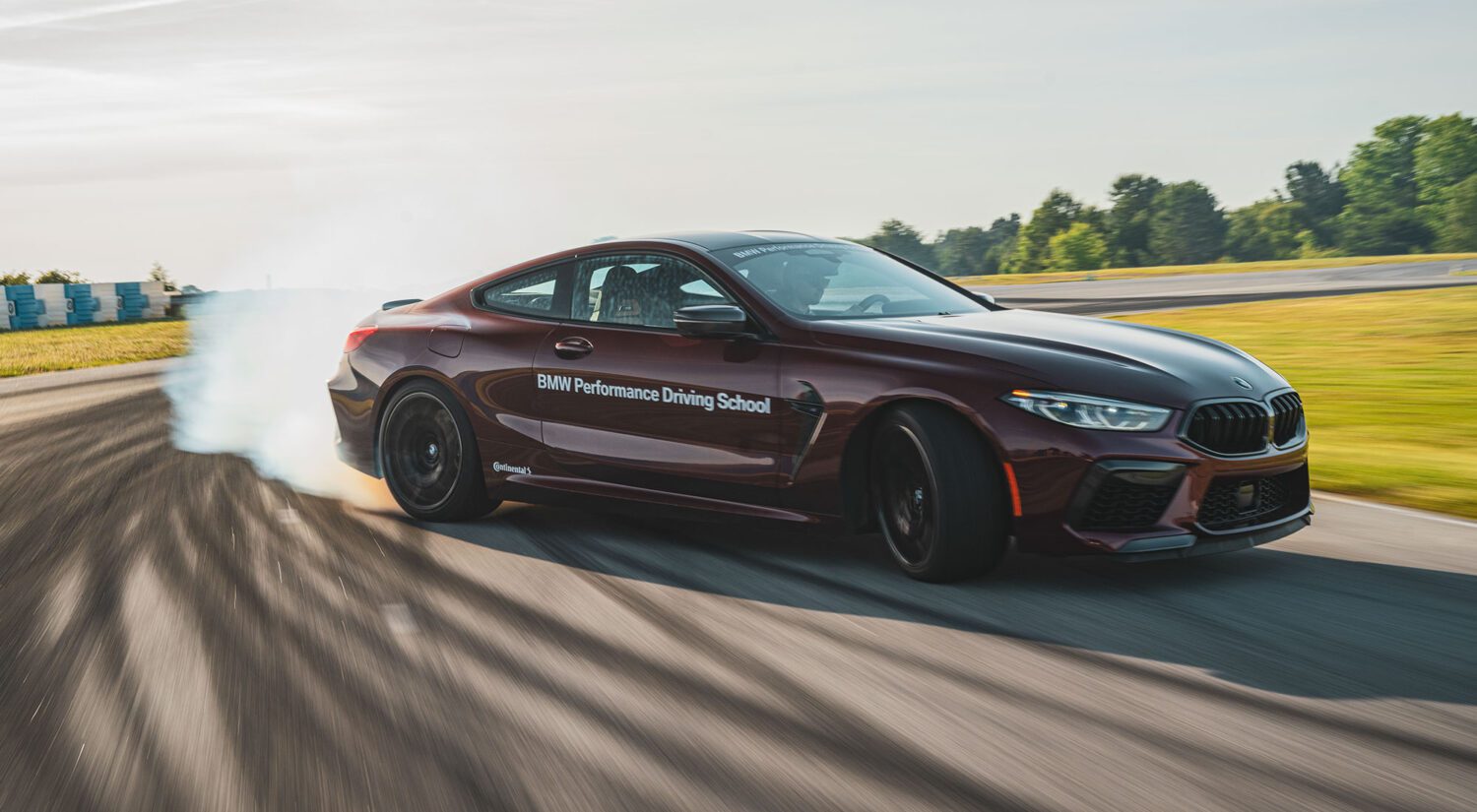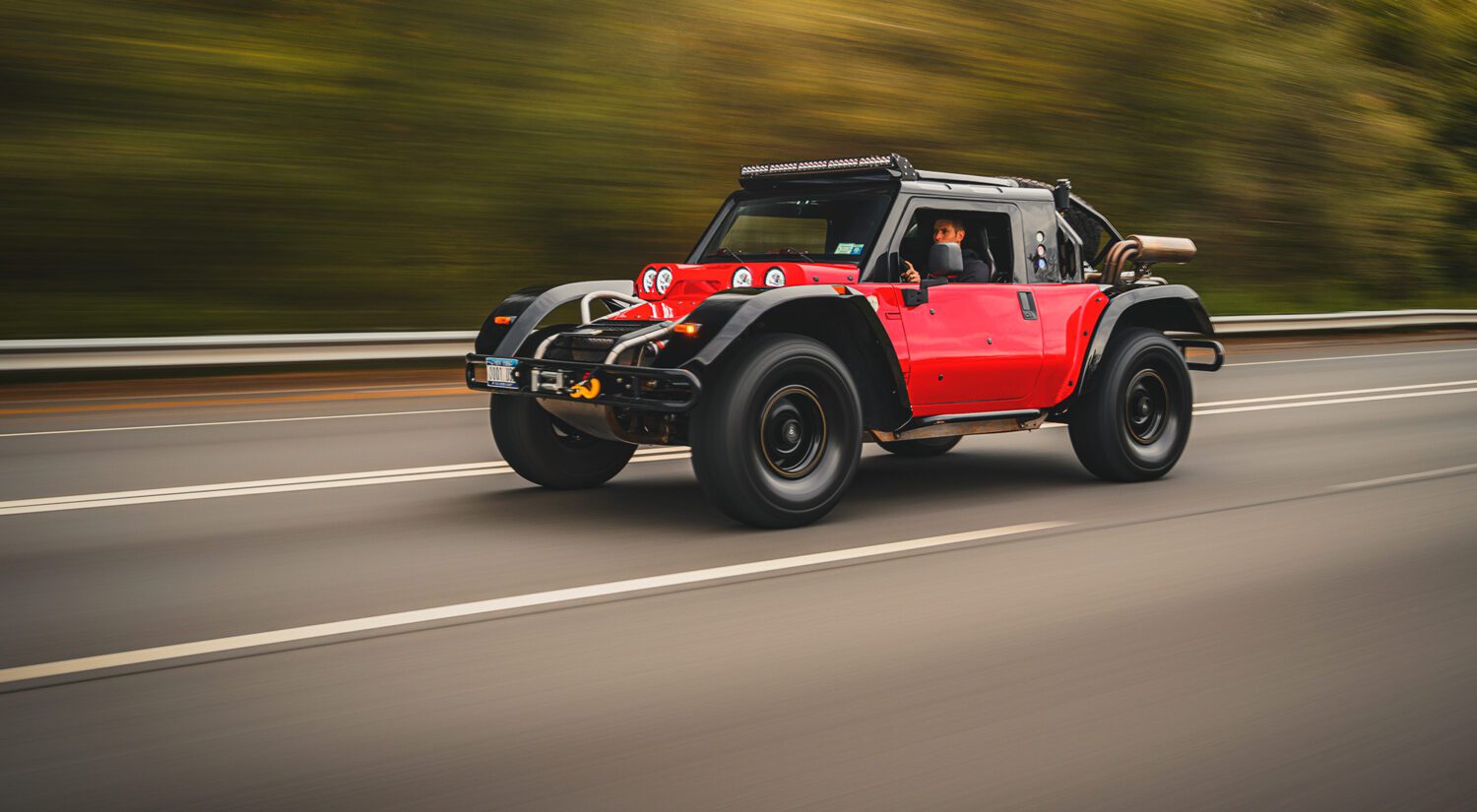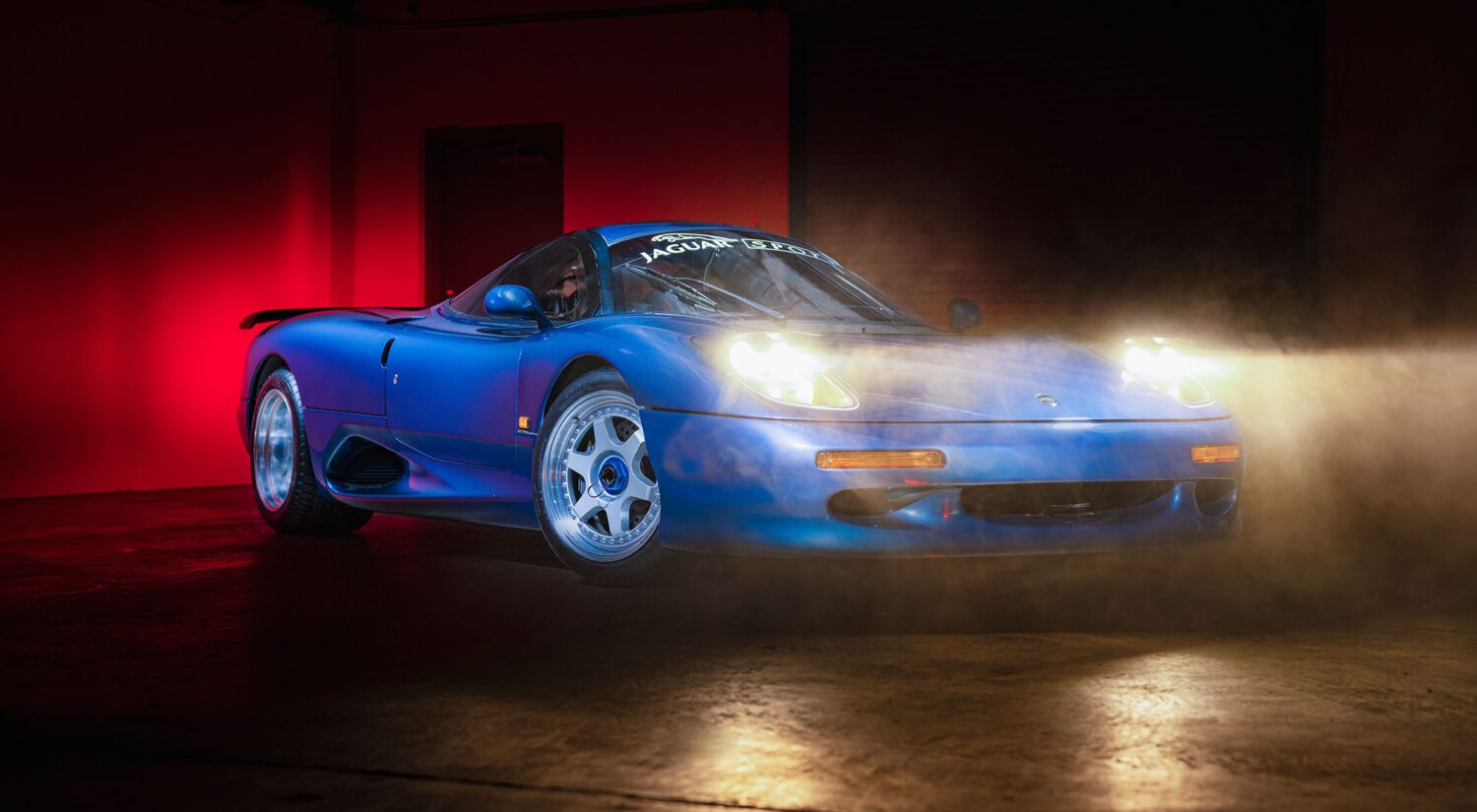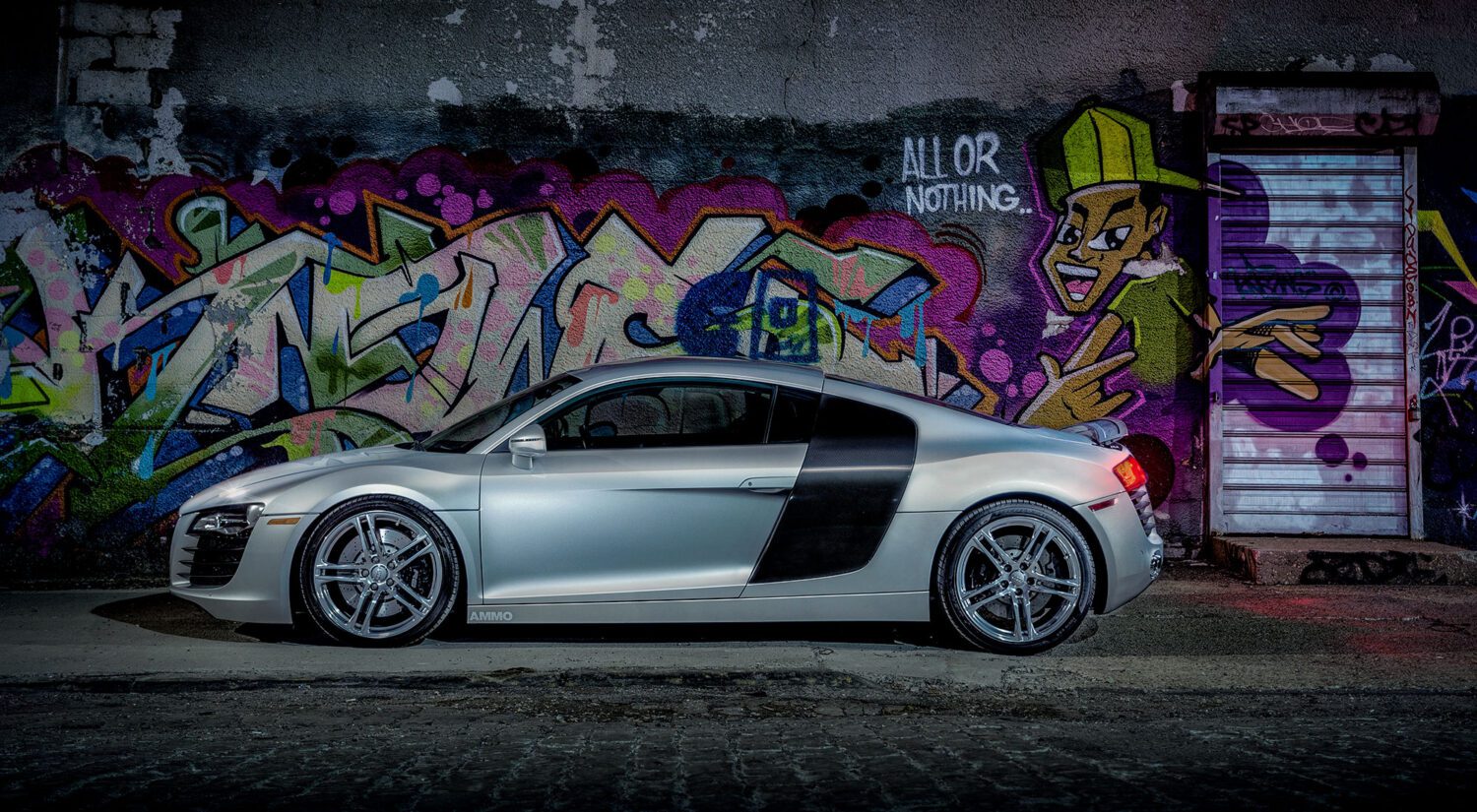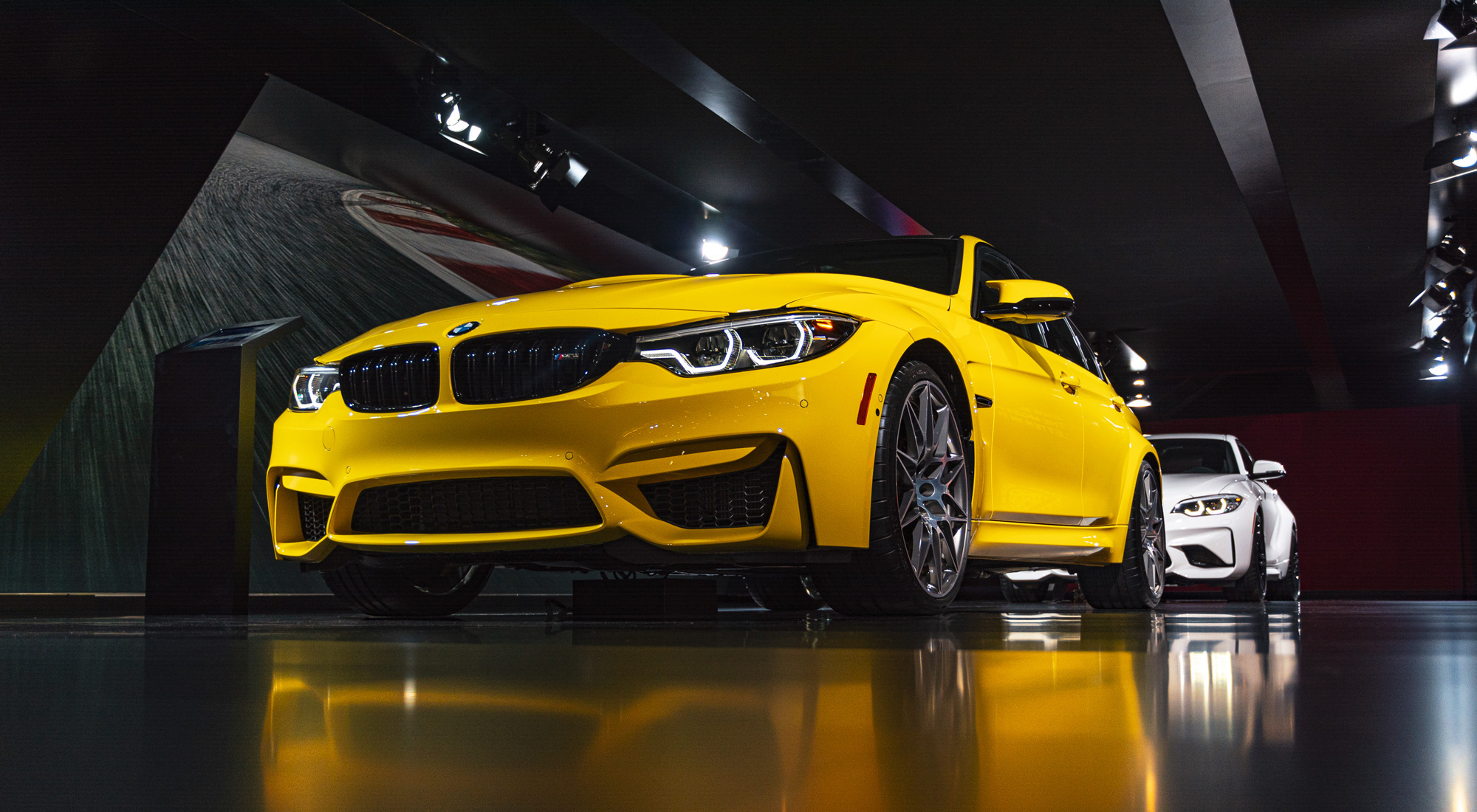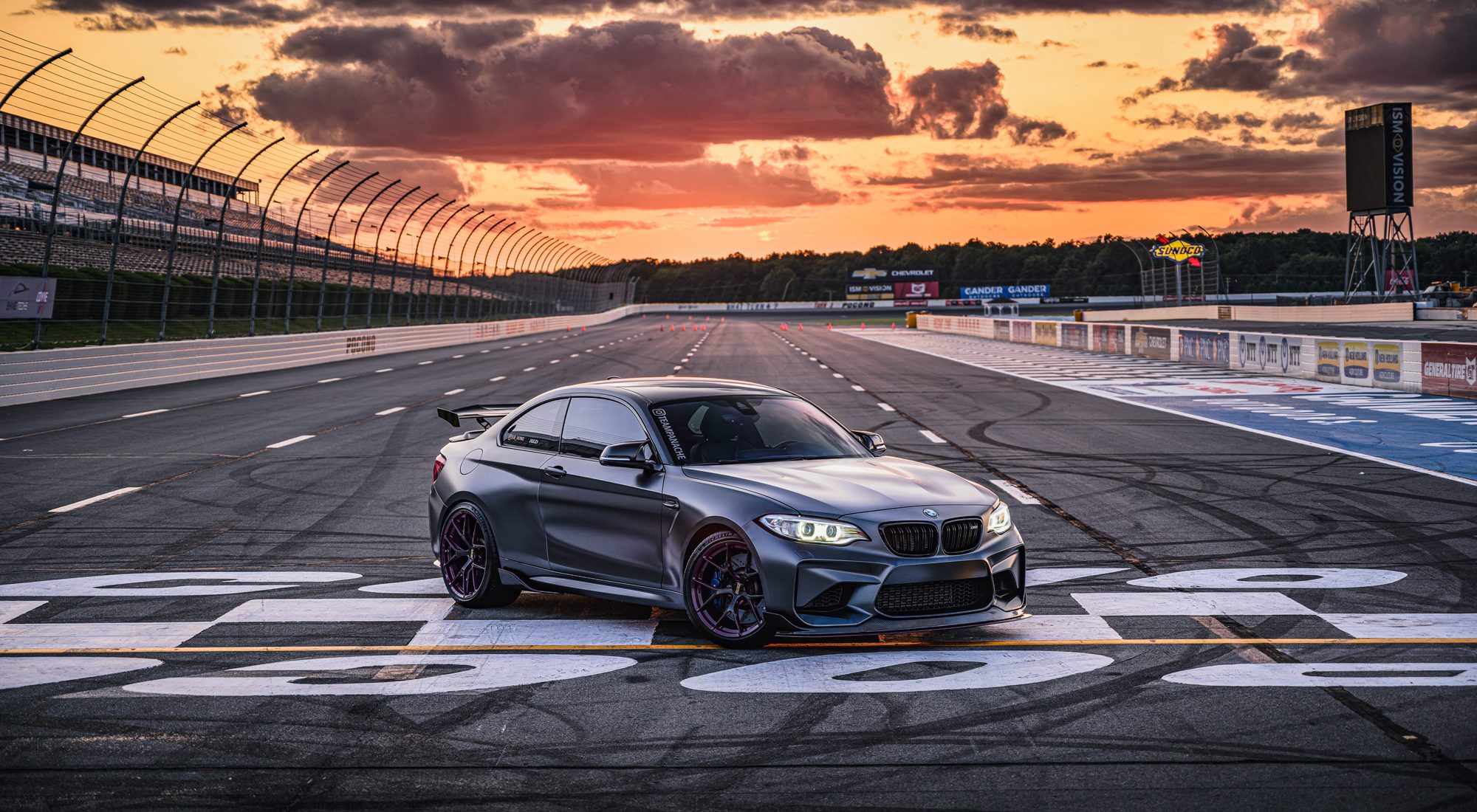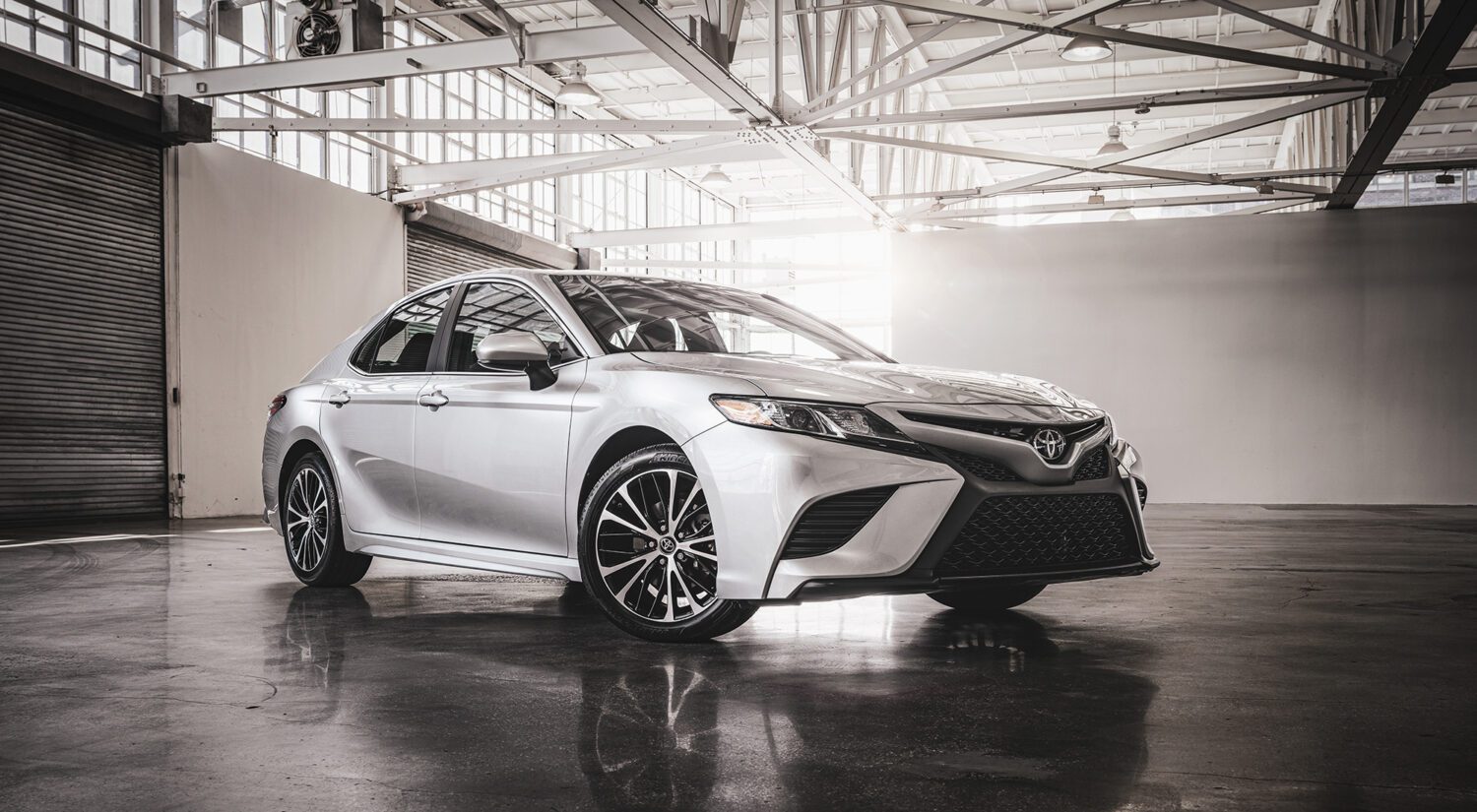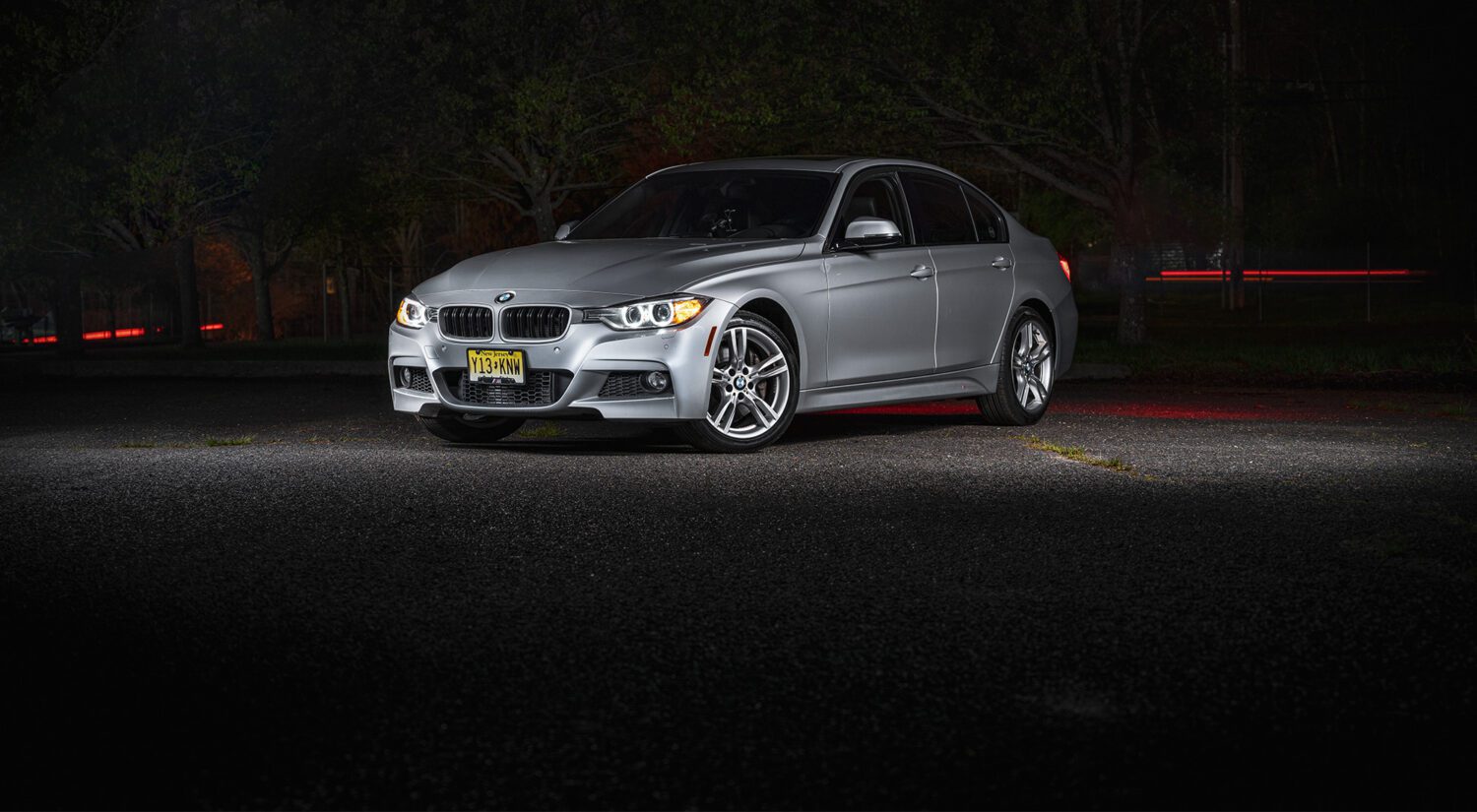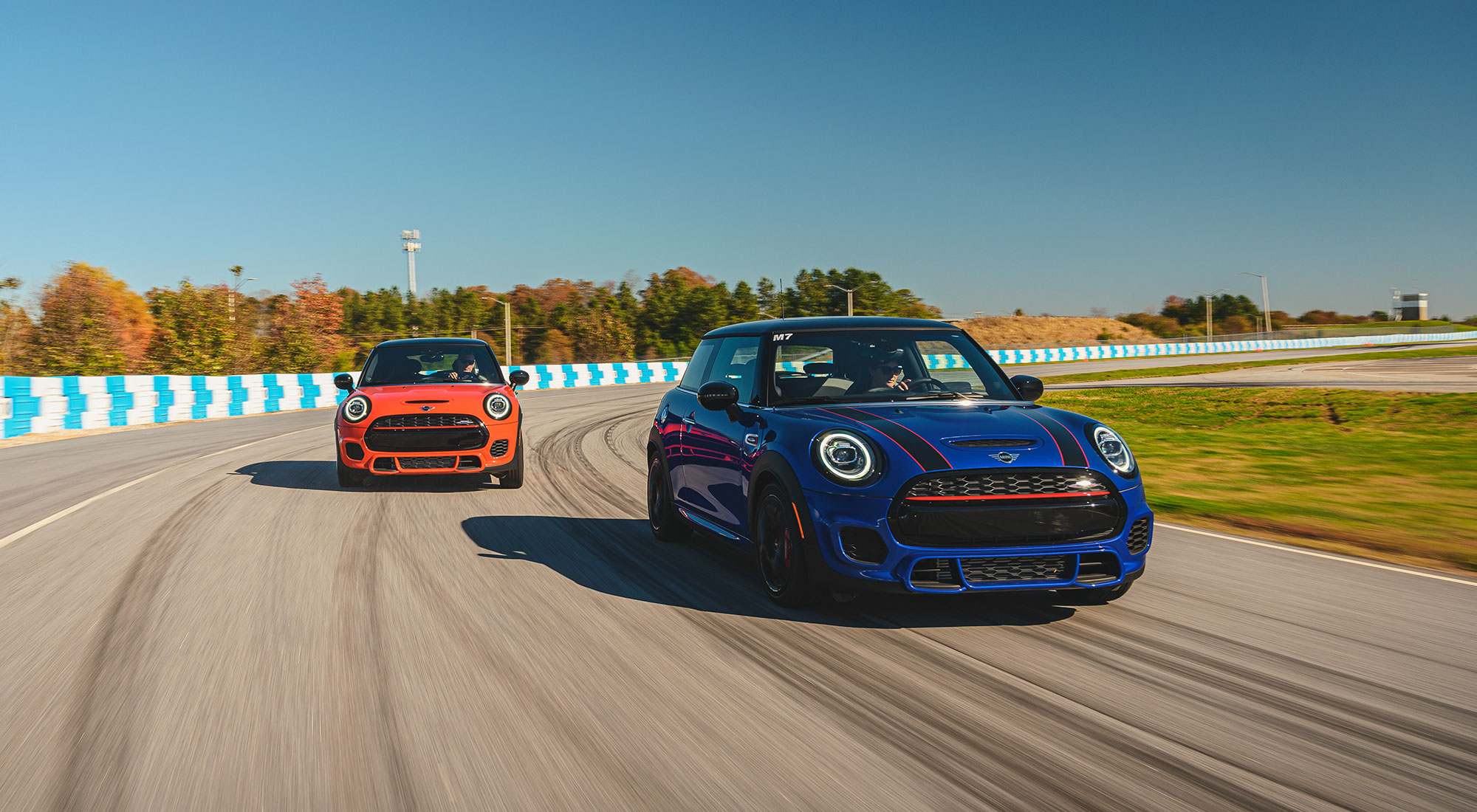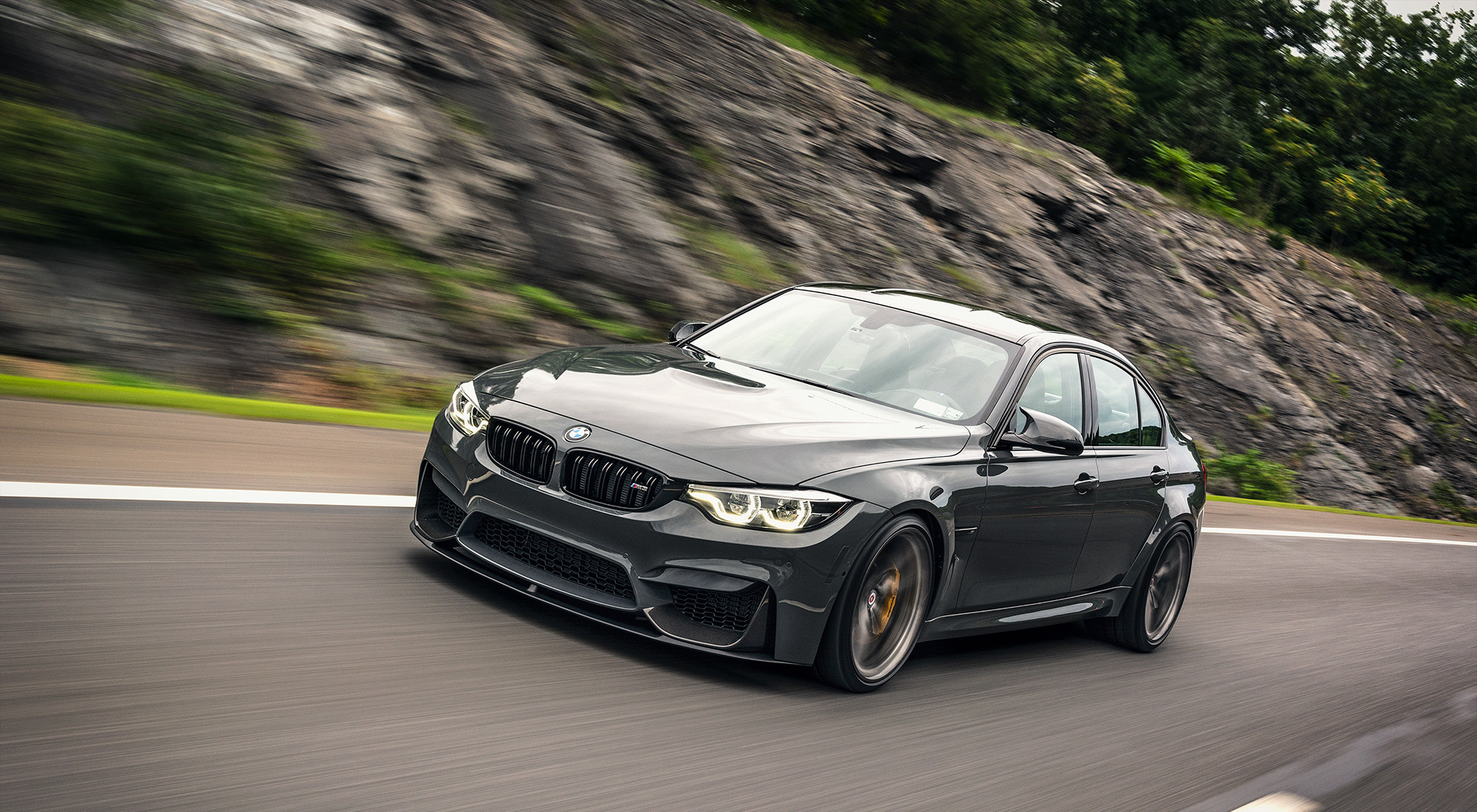You know my theme by now – cars have a soul. We usually focus on the big picture – lighting, environment, angle…but what about capturing automotive detail? Badging, dials, interior. They matter too, especially if you hope to get your car into a magazine spread.
Today I’ll review a few tips on capturing automotive details, using my recent shoot with a Mitsubishi 3000GT in Brooklyn. As always, you’ll want to be shooting during golden hour.
Badging
Almost every car has some type of badge on it, and many have multiple. Just like when we shoot the entire car, we want to try getting the badge from a different angle than you might normally see in everyday life. Shooting up at it will make it seem both heroic and the center of attention, so get low and aim your lens up.
We’ll focus more on macro lens work, so you can use something like a 50mm prime or 70-200 zoom lens to get close and help blur the background out. Use an aperture anywhere from 2.8 – 4.5 to really blur the background, but beware – if your aperture is too open, you won’t get the entire badge in focus (unless you don’t want too).
And remember the story of the car. VR-4 means velocity with reason, secured by 4 of everything. The owner of this car told me that the badge is now almost impossible to find. Since the car is older, I liked that just the impression of the V was left, as if the car had lost some of its velocity (not the case at all for this one). But still, it’s an interesting take.


Body panels
Sometimes cars have interesting body parts like vents or gills, and you can make interesting compositions with them. One of the things I love about the 3000GT is the faux rear-engine look. The vents on the lower rockers are not functional (unless you need to cool your tires), but they do help give the car an aggressive stance. Get low, aim high, and darken the edge of the frame. We’ve got a nice lens flair here, and along with the lowered stance, gives an interesting look to the car.
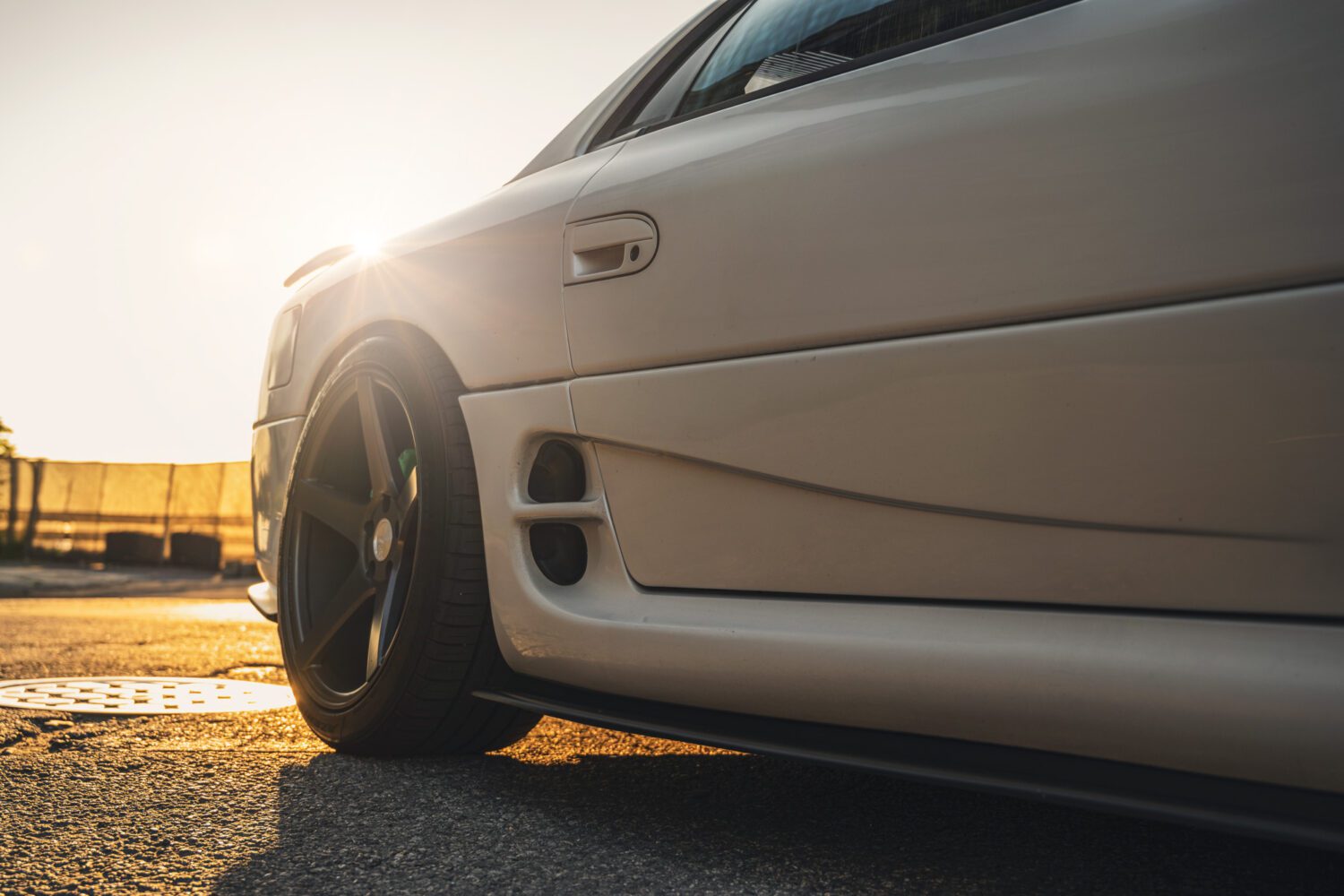

Gauges
The interior of the 3000GT always reminded me of a fighter jet, with its various dials and button placed all over the cockpit. My favorite were the 3 dials that sit on top of the central dash. Long before the real estate was taken up by large screens, some manufactures put secondary dials in the center stack for a quick glance (a Japanese knock-off of Ferrari, but still cool).
You can go about this a few ways. Zoom out and take an aperture of 6.5 – 9 to keep everything in focus, or do what I did here and shot more open. It’s not necessary to see all 3 dials – once you see the first, you understand what the other two are. Make sure they are on for a nice glow.
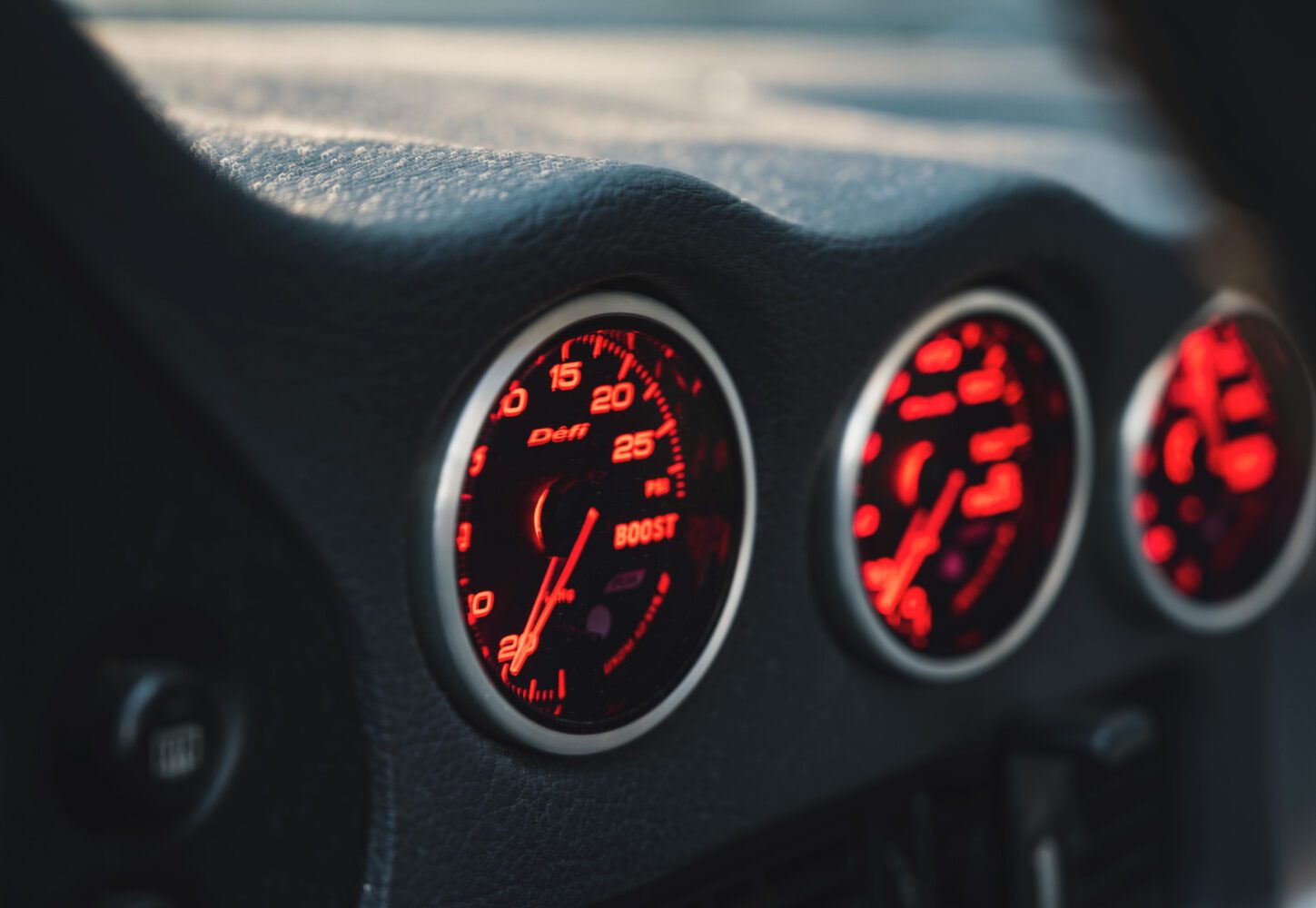

Interior
You’ve already got some interesting scenery for your interior work to view outside the windows. Here I chose to use an aperture of 5.6 so that things like the passenger door fall out of focus and your eye goes to the center. Position the car as needed to get that flair if you like, and get yourself low to shoot up. An interior shot should invite you in and help answer the question “what is it like to drive this car?”
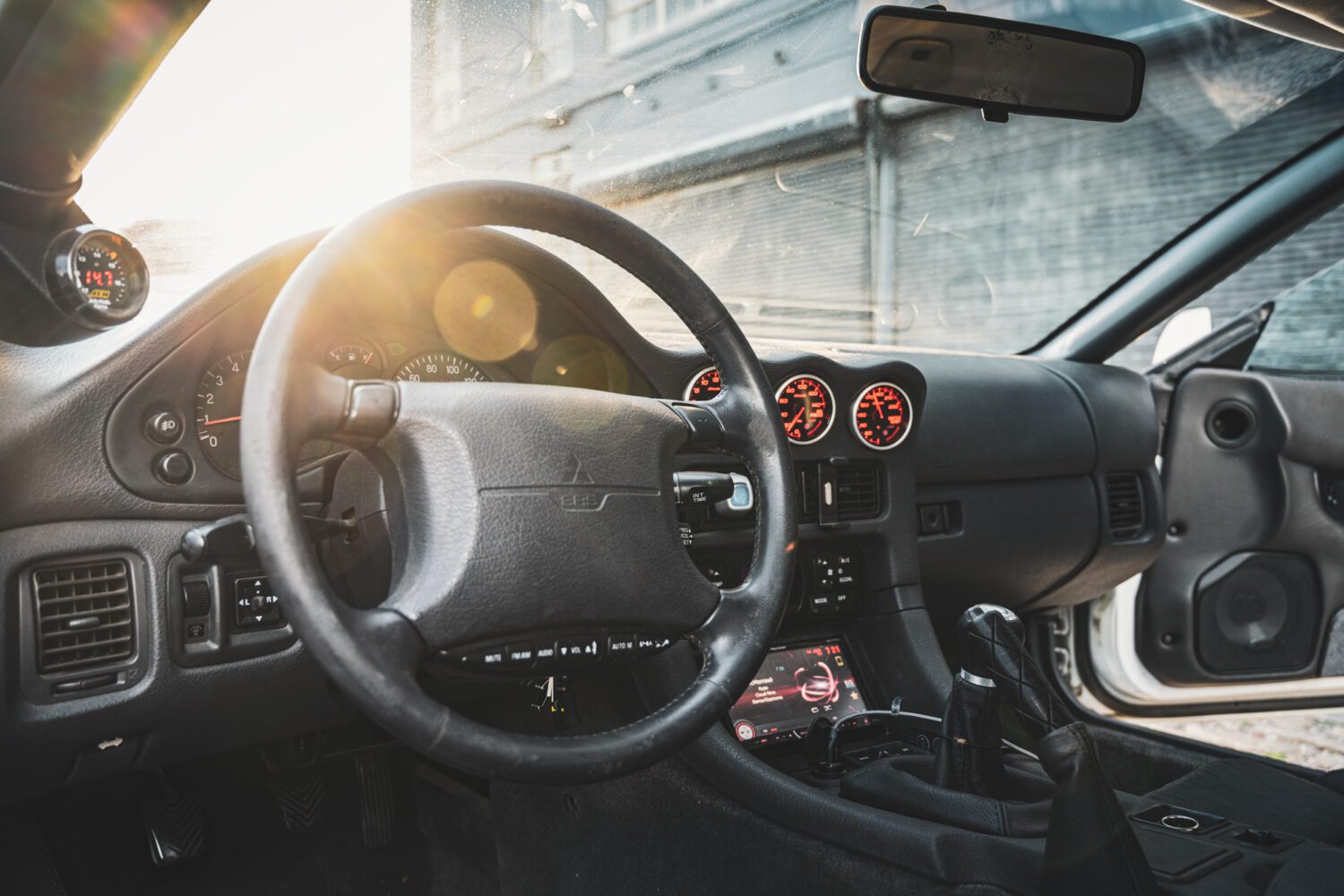

Always remember to experiment and have fun! Enjoy the process of getting to know the car.
Feel free to email me at mike@machineswithsouls.com with any questions.
Follow along on Instagram @machineswithsouls




